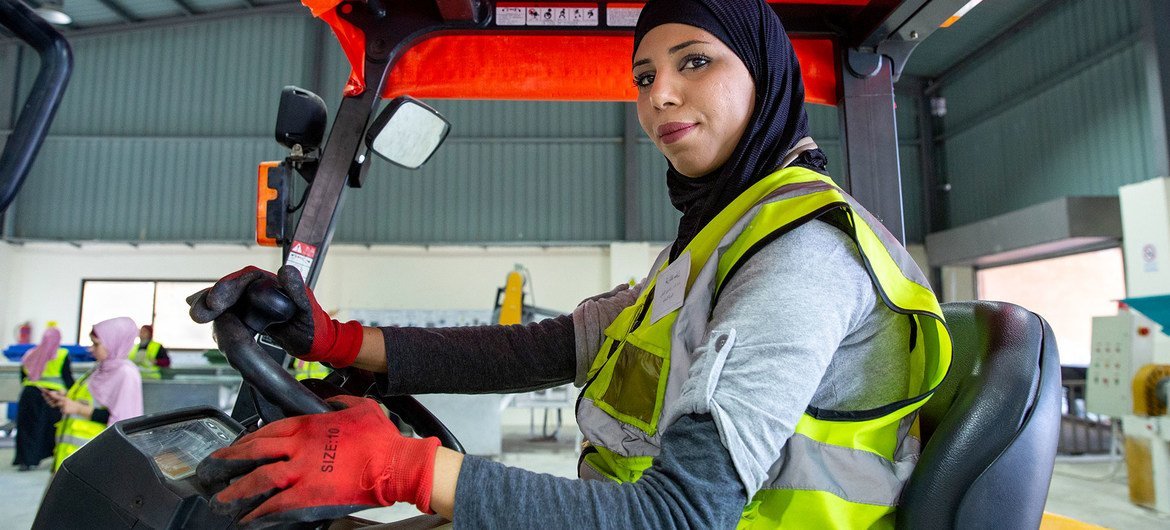The International Labor Organization (ILO) has developed a new indicator, the employment gap, which includes all people of working age who are interested in finding a job. By using this indicator and not the unemployment rate, more accentuated gender imbalances are revealed in terms of access to a trade and working conditions.
According to the report New data on gender differences in the labor market (New data shine light on gender gaps in the labor market), 15% of women of working age worldwide would like to work but do not have an occupation, compared to 10.5% of men.
This gap has remained virtually unchanged for almost two decades, between 2005 and 2022. In contrast, overall unemployment rates for women and men are very similar, because the criteria used to define unemployment tend to disproportionately exclude women .
Maternity penalty, paternity premium
The report highlights that personal and family responsibilities disproportionately affect womenespecially unpaid care work.
These activities can prevent them from being or actively looking for a job and limit their availability at short notice to work. These criteria are necessary to be considered unemployed, which is why many women who need a job are not reflected in the unemployment figures.
In this sense, the report points out the “maternity penalty” as a factor by which women with young children are less likely to participate in the labor market than their peers. With the masculine gender the opposite happens; when they have small children, men have higher chances of participating in the labor market, which is known as “paternity premium”.
Significant differences between regions
The report reveals that the lower the country’s GDP, the greater the gender inequality. The employment gap is widest in developing countries, where the proportion of women who cannot find a job is as high as 24.9% in low-income countries. The corresponding rate for men in the same situation is 16.6%, a high level, but significantly lower than that of women.
In terms of income, the gender disparity in low-income and lower-middle-income countries is also wider: women earn 29 and 33 cents on the dollar, respectively, for every dollar that men earn.
In high-income and upper-middle-income countries, the relative labor income of women reaches 58 and 56 cents respectively. This income disparity is due to both women’s lower employment levels and their lower median earnings when they have a job. Worldwide, for every dollar of labor income earned by men, women earn only 51 cents.
A woman drives a forklift at the recycling plant where she works, in North Shouneh, Jordan.
More women in vulnerable jobs
Gender imbalances at work are not limited to access to work. Although vulnerable employment is widespread for both women and men, the number of women in certain types of vulnerable positions is much higher. For example, women are more likely to work in their homes or in their relatives’ businesses, often without pay, than in their own businesses. This vulnerability also affects their income.
The new estimates reveal new insights into the magnitude of gender disparities in labor markets, underscoring the importance of improving women’s access to employment and changing job quality gaps.














